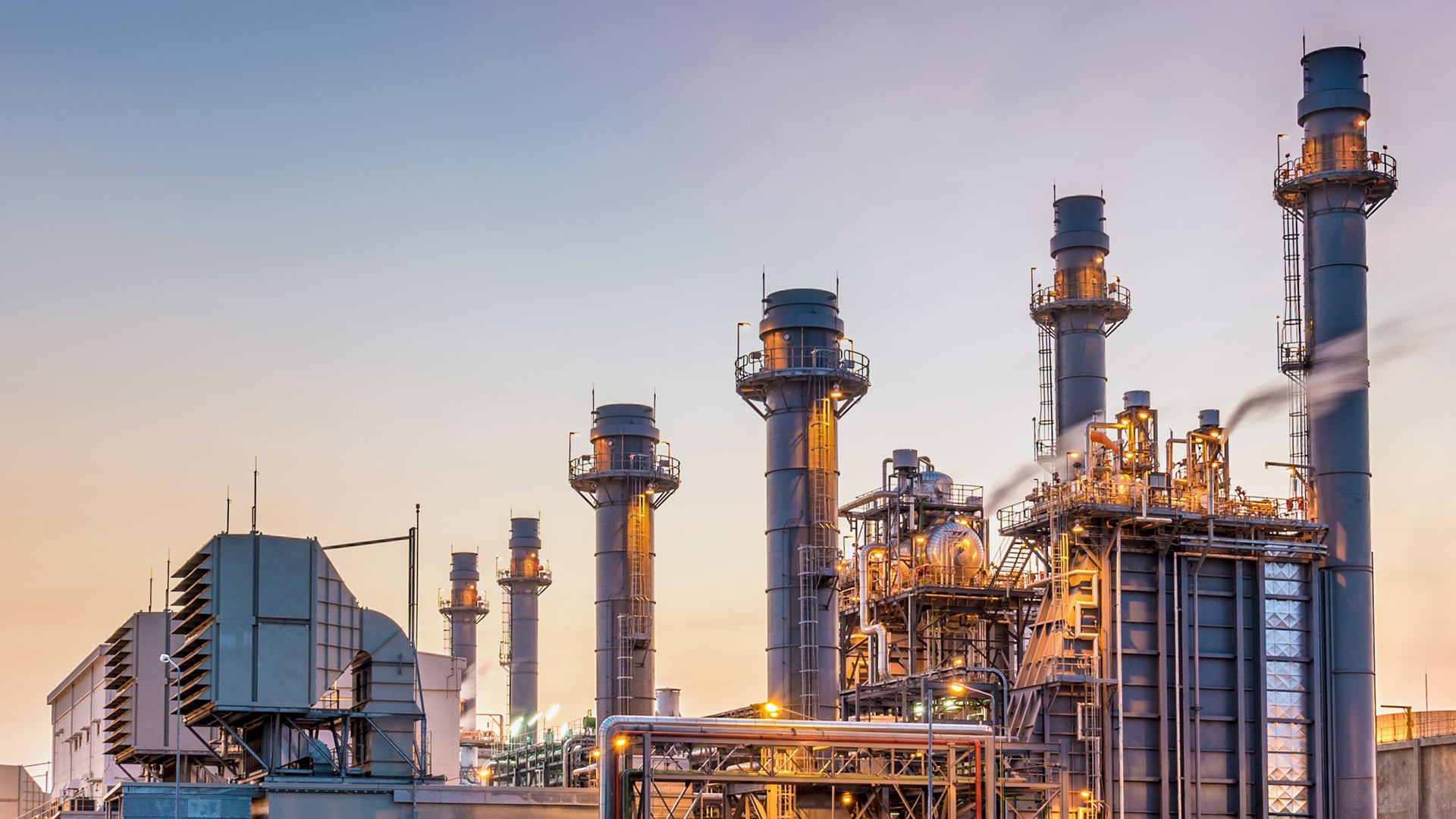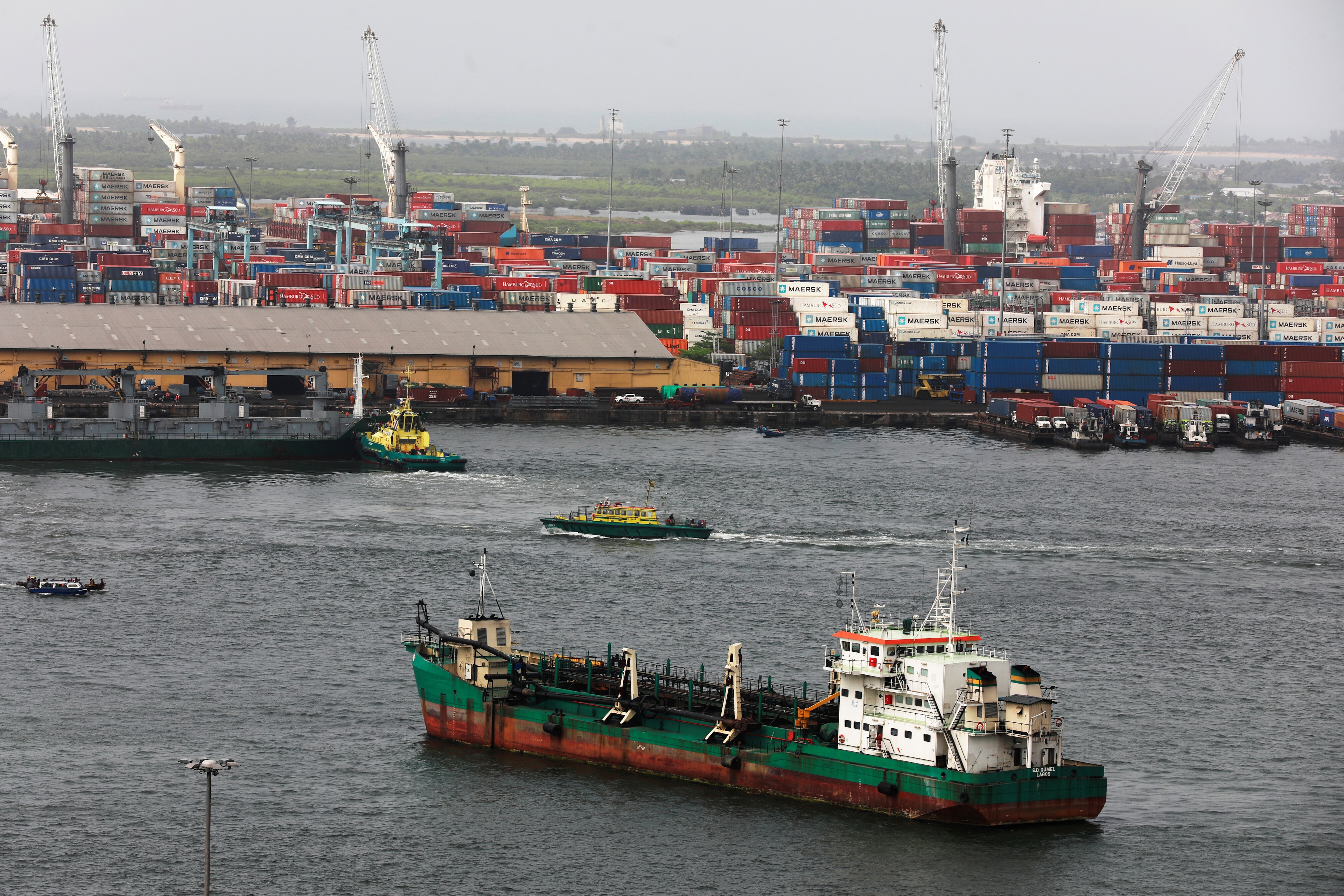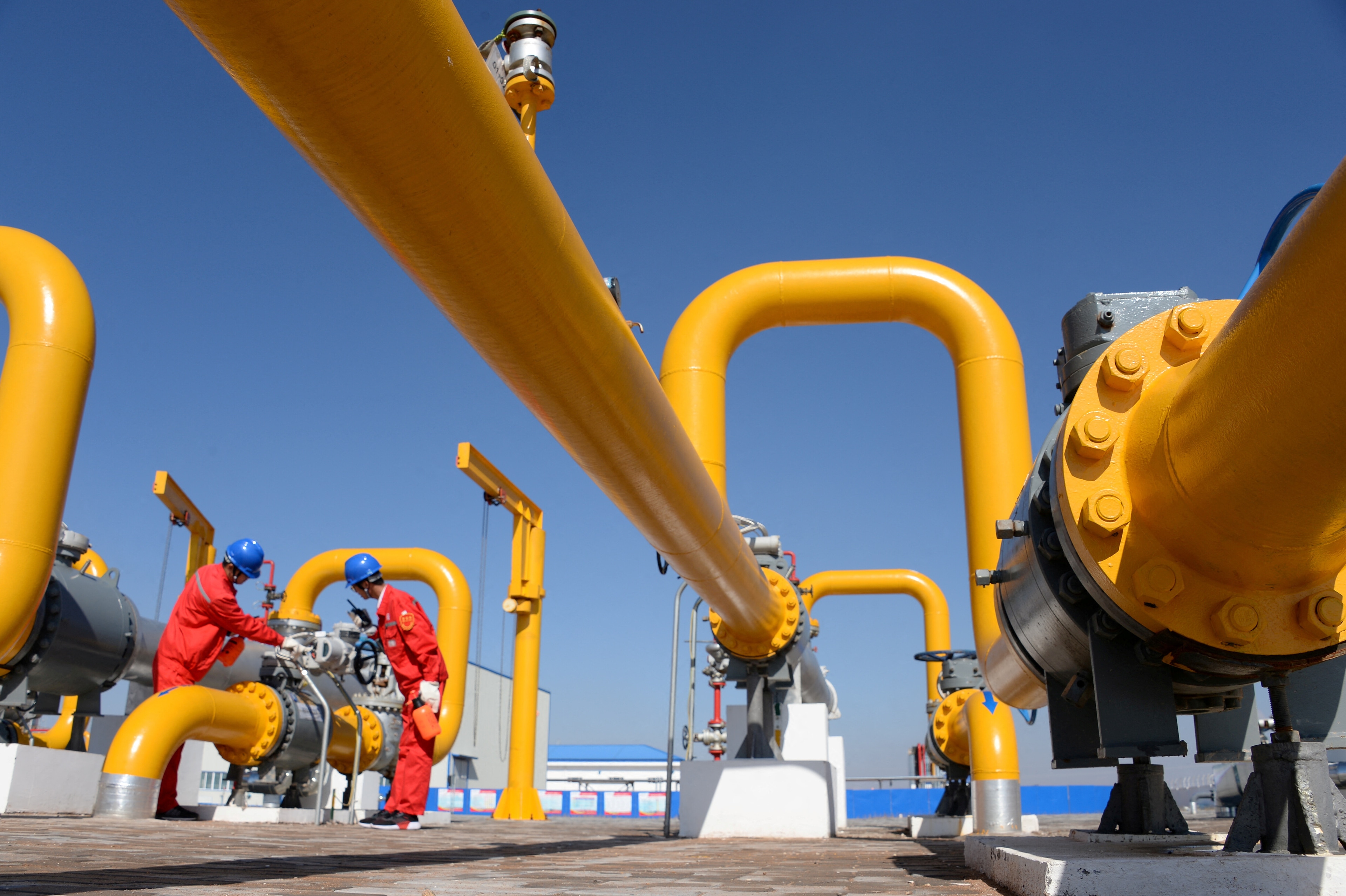Clean energy has caused China’s emissions to drop for the first time, but will they keep falling?
Shanghai, China. A clean power push has caused China's emissions to drop for the first time, highlighting its energy transition progress.
Image: Getty Images/iStockphoto/WangAnQi
Stay up to date:
Clean Power for Industry
- China’s GHG emissions have dropped for the first time due to clean energy use but this doesn’t necessarily mean the country has met its pledge to hit peak emissions before 2030.
- Over the past 15 years, China has established itself as a clean energy leader and ranks 12th place out of 118 countries, according to the Fostering Effective Energy Transition 2025 report.
- However, several factors – including the ongoing US-China reciprocal tariff dispute – could complicate China’s future stance on climate issues.
A significant clean energy push has helped China’s greenhouse gas emissions to fall for the first time. This is a massive turnaround for the world’s largest emitter, which just a few years ago was permitting the equivalent of around two new coal-powered plants per week.
China’s emissions fell by 1% over the last 12 months and 1.6% year-on-year in the first quarter of 2025, according to a Carbon Brief analysis by Lauri Myllyvirta, an analyst at the Center for Research on Energy and Clean Air. This happened even as economic activity and energy demand continued to rise.
China has seen emissions fall before, but only because of declining economic activity. According to the Carbon Brief analysis, China’s emissions dropped four times over the past 40 years.
Declines in both 2009 and 2012 were due to fallout from the global financial crisis and the Euro area crisis. In 2015, China’s industrial and construction sectors slumped following a domestic stimulus programme. Emissions also fell in 2022 when China’s strict zero-Covid measures affected economic activity – although clean power additions were “relatively strong” in this period as well, according to Myllyvirta.
This time around, China’s emissions are still only 1% below their peak, which means a small rise could push them back to record levels. But since this is the first time clean power generation has been responsible for a drop in China’s carbon dioxide (CO2) emissions, it also means power from clean sources – wind, solar and nuclear – grew faster than electricity demand in the first quarter of 2025. “Importantly,” Myllyvirta adds, “it was also higher than the average increase in demand over the past 15 years”.
This is a significant milestone – particularly if it marks peak emissions for China.
China as a global renewable energy leader
Over the past 15 years, China has established itself as a global leader in clean energy technologies and now leads energy transition progress across Asia. China achieved its highest-ever overall Energy Transition Index (ETI) score in the World Economic Forum’s Fostering Effective Energy Transition 2025 report – 12th place out of 118 countries.
It recorded the highest renewable capacity additions globally and the most new nuclear projects, which means China is scaling clean energy infrastructure at an unmatched pace. The country also ranked fifth globally in terms of transition readiness. This is largely due to its innovation ecosystem, significant investment in clean energy and strong political commitments, including an economy-wide emissions reduction plan.
“China has made significant progress in its domestic energy transition and is now the world’s largest investor in clean energy,” said Gim Huay Neo, Managing Director at the World Economic Forum. “With continued investments into clean energy technology and talent, China is poised to further strengthen its contributions towards a sustainable, secure and inclusive energy future.”
China’s solar PV capacity has almost quadrupled and its wind capacity has doubled since 2020. The country is now set to account for 60% of the world’s new renewable energy capacity between now and 2030.
In 2020, China pledged that its CO2 emissions would peak before 2030 and the country would achieve carbon neutrality before 2060. Among the many net-zero pledges made by major economies, “no pledge is as significant as China’s,” according to a recent IEA report. As the world’s largest energy consumer and carbon emitter – accounting for a third of global emissions – China has a crucial role to play in global efforts to meet Paris Agreement targets to limit average temperature increases.
And so, the question of whether this latest fall is a sign that China has reached peak emissions is crucial. Unfortunately, it’s still too early to tell.
China’s path to peak emissions
The energy sector accounts for nearly 90% of China’s greenhouse gas emissions. And while China’s power sector emissions are likely to continue to decline in 2025, according to the Carbon Brief analysis, there are several risks to the outlook beyond that timeframe.
Other sectors including cement, oil products and steel production also contribute to China’s emissions and most of these registered falling emissions between December 2024 and March 2025. While it’s too early to “declare a definitive peak in emissions” for these sectors, Myllyvirta says projections indicate falling trends, which is a good sign.
China’s emissions reductions efforts are also being driven from the top. Earlier this year, President Xi Jinping confirmed at a virtual meeting of global leaders convened by the UN that China would announce its 2035 nationally determined contributions (NDCs) before the United Nations Climate Change Conference (COP30) in Belém, Brazil in November. This national climate action plan will cover “all economic sectors and all greenhouse gases” for the first time.
Accept our marketing cookies to access this content.
These cookies are currently disabled in your browser.
Of course, efforts to address the complexities created by the ongoing US-China reciprocal tariff dispute could complicate China’s stance on climate issues – for example if the government reacts by pushing economic policies that ramp up industrial activity.
The Carbon Brief analysis suggests China will focus on “creating domestic markets” in response to the tariffs, adding: “A successful rebalancing could mean less energy-intensive growth.” Myllyvirta also believes that, since the clean energy industry has become “such an important economic driver”, China is unlikely to leave it out of any stimulus plans in response to US tariffs.
While President Xi referred to “some major country’s persistent pursuit of unilateralism and protectionism” in his UN meeting speech, he added: “However the world may change, China will not slow down its climate actions”. This, at least, indicates that climate action remains a priority and that China will continue play a crucial role in helping to cut global emissions, alongside its leading role in the energy transition.
Don't miss any update on this topic
Create a free account and access your personalized content collection with our latest publications and analyses.
License and Republishing
World Economic Forum articles may be republished in accordance with the Creative Commons Attribution-NonCommercial-NoDerivatives 4.0 International Public License, and in accordance with our Terms of Use.
The views expressed in this article are those of the author alone and not the World Economic Forum.
Forum Stories newsletter
Bringing you weekly curated insights and analysis on the global issues that matter.
More on Energy TransitionSee all
Natalie Unterstell and Alex Scott
September 22, 2025
Gavin Templeton
September 19, 2025
Keith Svendsen
September 18, 2025
Stephanie Jamison
September 18, 2025
Roberto Bocca
September 17, 2025






